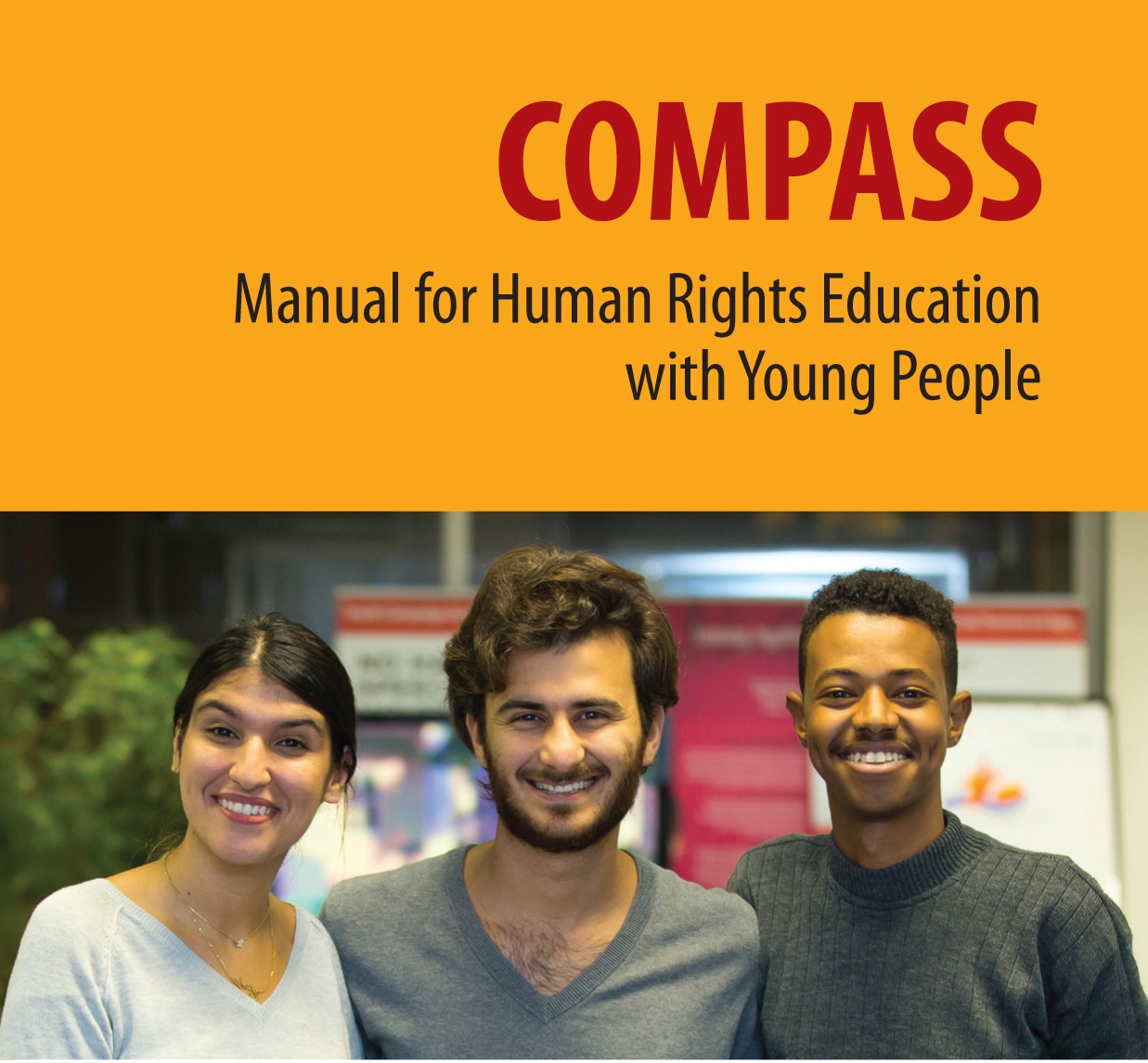Framework Convention for the Protection of National Minorities
(Summary)
The Convention is the first legally binding multilateral instrument concerned with the protection of national minorities in general. Its aim is to protect the existence of national minorities within the respective territories of the Parties. The Convention seeks to promote the full and effective equality of national minorities by creating appropriate conditions enabling them to preserve and develop their culture and to retain their identity.
The Convention sets out principles relating to persons belonging to national minorities in the sphere of public life, such as:
- Non-discrimination
- Promotion of effective equality
- Promotion and preservation of culture, religion, language and traditions
- Freedom of peaceful assembly
- Freedom of association
- Freedom of expression
- Freedom of thought, conscience and religion
- The right to access to and use of the media,
- Freedoms relating to language and education
- Transfrontier contacts and co-operation
- Participation in economic, cultural and social life
- Prohibition of forced assimilation.
The monitoring mechanism of the Convention is based in reports which states parties are obliged to submit. Ultimate responsibility for examining the reports rests with the Committee of Ministers of the Council of Europe, but an Advisory Committee of experts assists the Committee of Ministers.
The Advisory Committee is composed of up to 18 members elected by the Committee of Ministers from candidates proposed by States Parties. Not all countries can have one of their nominees serve on the Committee, so those candidates who are not elected are placed on a reserve list of additional members. The Advisory Committee is authorized to receive information from sources other than State reports, for example, it may also organize meetings with government representatives and independent sources. The Advisory Committee may also conduct on-site visits to States when considering their reports, during which the Committee meets with the government, NGOs, minority communities, academics, and other interested parties.



